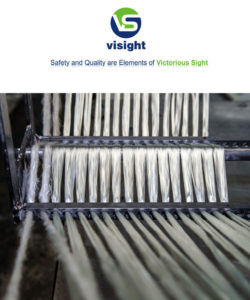FIBERGLASS GYPSUM ROVING
The fiberglass roving is specifically designed to reinforce for gypsum related products, such as board, plate, decorative materials and sculptures, etc. It can be chopped into a specific length and the chop is mixed with gypsum, starch powder, and accelerating agent. Then the mixture is molded, cured, cut and dried to form light weight construction boards. Fiberglass is cheaper and more flexible than carbon fiber, it is stronger than many metals by weight, is non-magnetic, non-conductive, transparent to electromagnetic radiation, can be molded into complex shapes, and is chemically inert under any circumstances. The diameter of the filaments, and the number of filaments in the roving, determine its weight, typically expressed in tex measurement systems. TEX, or grams per km, how many grams 1 km of roving weighs, inverted from yield; thus a smaller number means a lighter roving.
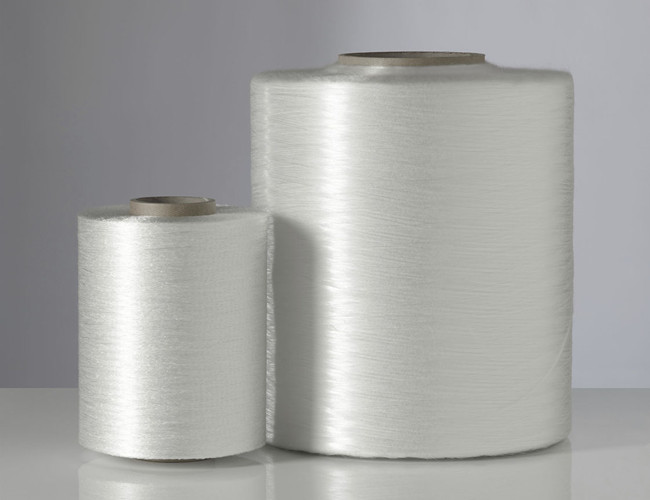
❐ TYPICAL PROPERTIES
| TYPE OF GLASS | E |
|---|---|
| LINEAR DENSITY | 2400/4800TEX |
| FILAMENT DIAMETER | 13~17μm |
| FILAMENT TENSILE | ≥0.3N/TEX |
| MOISTURE | ≤0.2% |
| LOI (%) | 0.95~1.30% |
| MOI (%) | ≤0.10% |
❐ FEATURES
● High strength, fire-resistant, soundproof and lightweight.
● Good choppability, easy dispersion and no static.
● Good abrasion resistance.
● Low fuzz during the manufacturing process.
● Perfect hardness and good beaming.
● Products process excellent mechanical properties.
❐ PACKING & STORAGE
Packing: 20KGS/roll
Unless otherwise specified, the fiberglass products should be stored in a dry, cool and moisture-proof area. The room temperature and humidity should always be maintained at 15°C~35″C and 35% ~ 65%. It is best if the product is used within 12 months after production date.
❐ APPLICATIONS
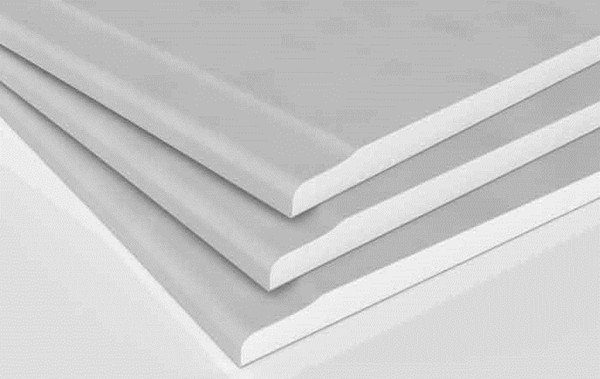
● Gypsum Board
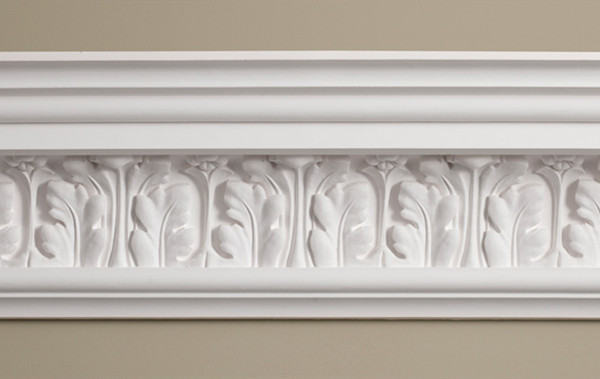
● Plaster Cornice
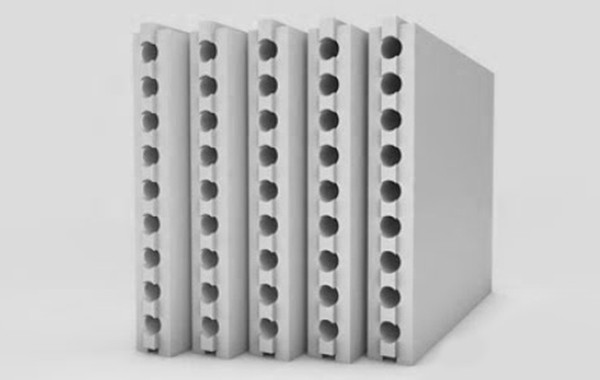
● Plaster Block
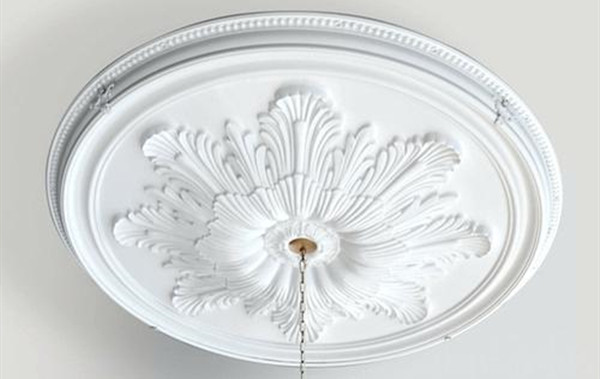
● Ceiling Medallion
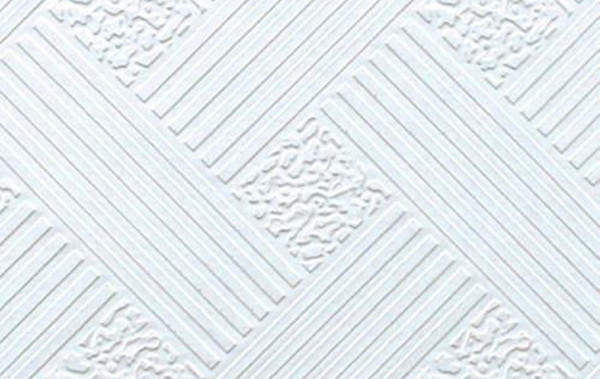
● Ceiling Tiles

● Gypsum Pillar

● Sculpture
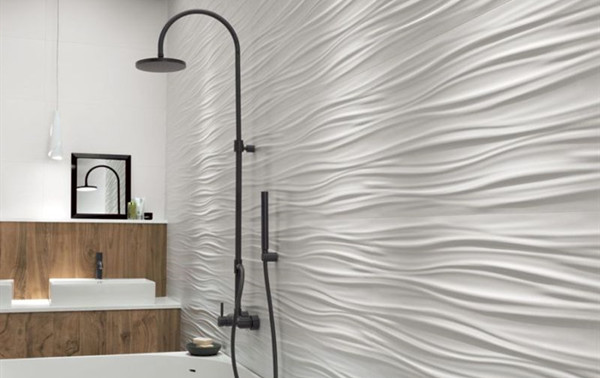
● Gypsum Wall Panel

